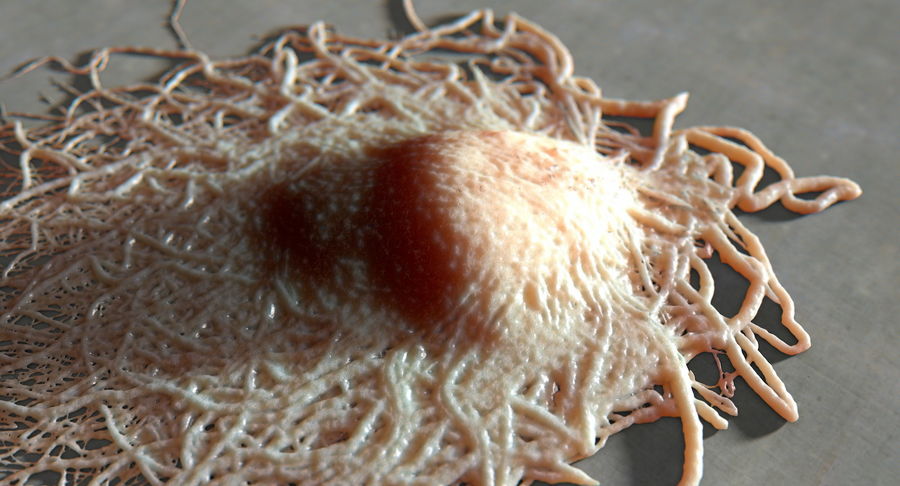In the previous article, I discussed Fucoidan and Apoptosis. In this discussion, I want to make sure you are aware of the four most important effects of Fucoidan. Also, at this time, as I am going to share some more information and give additional details to you about Fucoidan’s causing primary apoptosis. Please read further for more detail.
Firstly, what is apoptosis? According to Medical Definition, “a programmed sequence of events leading to the elimination of cells without releasing harmful substances into the surrounding tissue area.” In other words, apoptosis eliminates old, unhealthy, and unnecessary cells without harming healthy cells. Fucoidan also reduces cancer in the body by one of the methods of the apoptosis.
The human body has natural immunity, and the immunity equipped with a system usually eliminates harmful substances. Cancer is caused due to abnormalities in the cells for several reasons. So, once cancer cells get to grow, it is difficult to remove it with natural immunity alone, and the number of cancer cells continues to increase indefinitely.
Therefore, the induction of apoptosis by Fucoidan becomes essential. There are several ways to induce apoptosis, which are in mitochondria, intrinsic and extrinsic apoptosis, and another form of inducing apoptosis, perforin, and granzyme to induce target-cell apoptosis.
The intrinsic pathway is initiated through the release of signal factors by mitochondria within the cell. The extrinsic pathway is initiated through the stimulation of the transmembrane death receptors, such as the Fas receptors, located on the cell membrane.
Here’s the example of extrinsic and intrinsic pathway apoptosis of Fucoidan, according to Hye-Jin Boo et al., “The Anticancer Effect of Fucoidan in PC-3 Prostate Cancer Cells.” The one is the extrinsic pathway, which is activated by a death receptor from outside the cell. The other is the intrinsic pathway, which is activated by a Bcl-2 protein family and downstream mitochondrial signals from inside the cell. Fucoidan treatment led to the activation of DR5 (death receptor 5) and cleavage of caspase-8. Both are critical in the extrinsic pathway; Fucoidan also led to the down-regulation of Bcl-2, up-regulation of Bax, and activation of caspase-9, which are essential in the intrinsic pathway. Extrinsic and intrinsic apoptosis pathways induce apoptosis via interaction of MAPK and PI3K/Akt signaling pathways; in other words, these pathways affect each other.

Another way of causing apoptosis by Fucoidan is that Granzymes are serine proteases released by cytoplasmic granules within cytotoxic T cells and natural killer (NK) cells. They induce programmed cell death (apoptosis) in the target cell. Thus, eliminating cells that have become cancerous or are infected with viruses or bacteria. NK cells and T cells, granzymes are packaged in cytotoxic granules with perforin.
As for an example of granzyme causing apoptosis and Fucoidan by Hirofumi Hirayasu et al. “Sulfated Polysaccharides Derived from Dietary Seaweeds Increase the Esterase Activity of a Lymphocyte Tryptase, Granzyme,” Granzyme A (GzmA) is one of the serine proteases termed granzymes, which exhibits a proteolytic activity with trypsin-like specificity (tryptase). This enzyme, together with perforin and other granzymes, is packaged in cytoplasmic granules of cytotoxic T-lymphocytes (CTLs) or NK cells. GzmA and granzyme B (GzmB) have been believed to enter viral-infected cells or growing tumors via pores in the target cell membrane formed by perforin and to mediate the apoptotic DNA fragmentation. However, studies using GzmA or GzmB single-knockout mice have indicated that GzmB is the major CTL effector molecule for the induction of apoptosis, with GzmA playing only a minor part.

